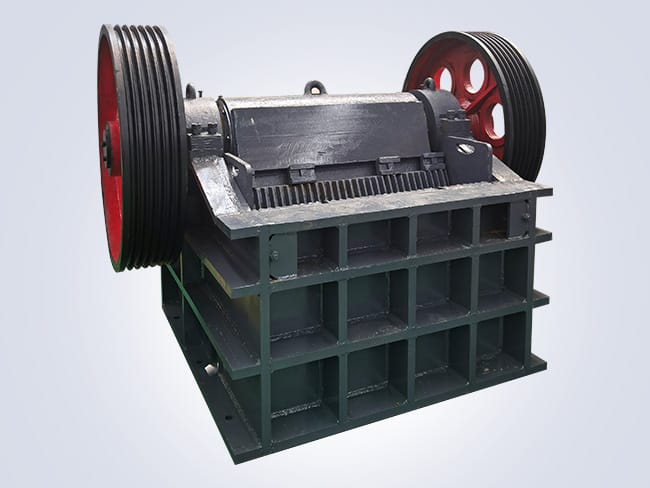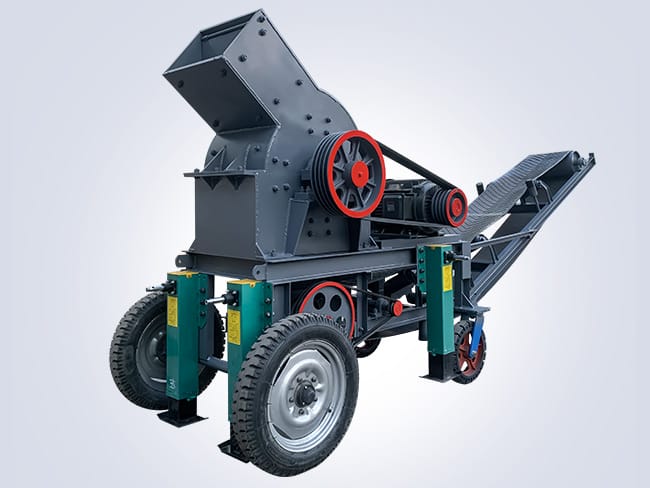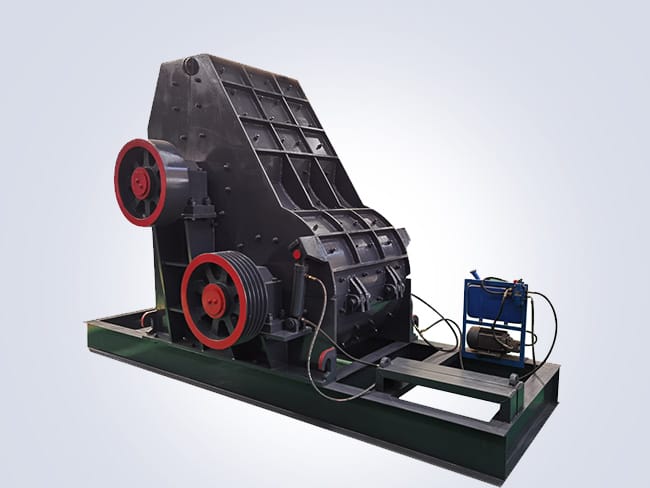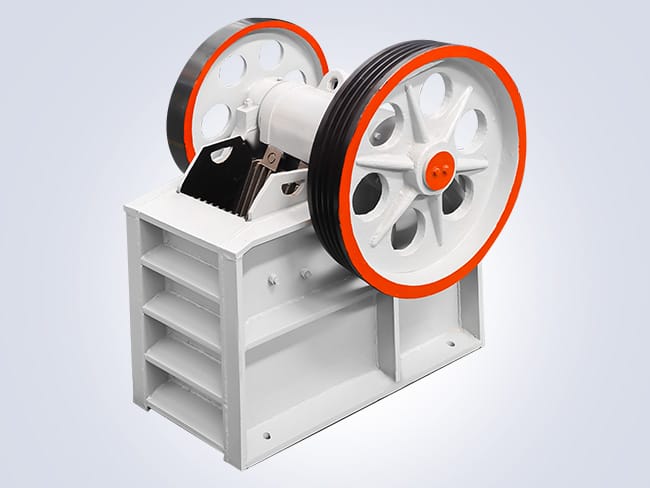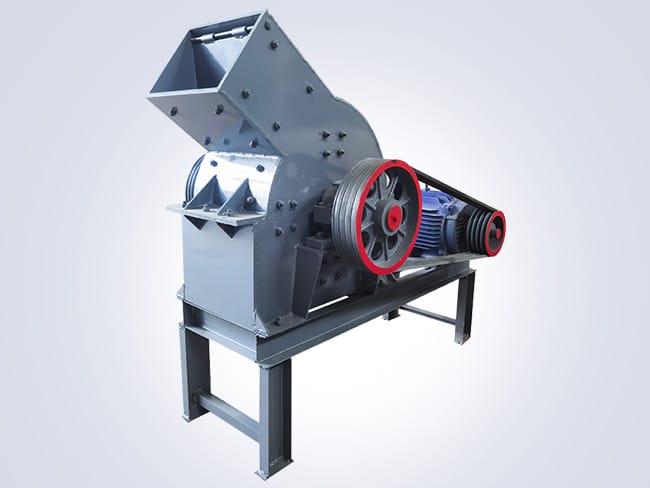
Hammer crushers are widely used crushing equipment in industries such as mining, building materials. And chemicals, and have become the top choice for medium and fine crushing operations due to their high efficiency and flexibility. Their core working principle involves impacting, shearing, and grinding materials through high-speed rotating hammers, breaking large lumps of material down to the required particle size. This structure makes them particularly suitable for processing brittle, medium-hard ores, as well as materials like coal and salt.
Hammer Crusher: An Efficient Industrial Crushing Tool
This equipment primarily consists of a rotor, hammers, grates, and a casing. The rotor drives the hammers to rotate at high speed. After entering the crushing chamber, materials are vigorously struck by the hammers. And then undergo particle size control through grating. Its advantages are notable: a large crushing ratio, enabling multi-stage crushing in a single feed; a compact structure that occupies minimal space. And simple operation with low maintenance costs. Additionally, by adjusting the gap between the hammers and the grates. The discharge particle size can be flexibly controlled to meet different process requirements.
With technological advancements, hammer crushers are evolving towards intelligence and energy efficiency. For instance, the use of wear-resistant alloy hammers extends service life, while optimized airflow design reduces dust pollution. In the production of sand and gravel aggregates, cement clinker, and other materials, hammer crushers continue to support industrial upgrading with their efficient and stable performance. Becoming an indispensable “heavyweight” in the field of industrial crushing.




